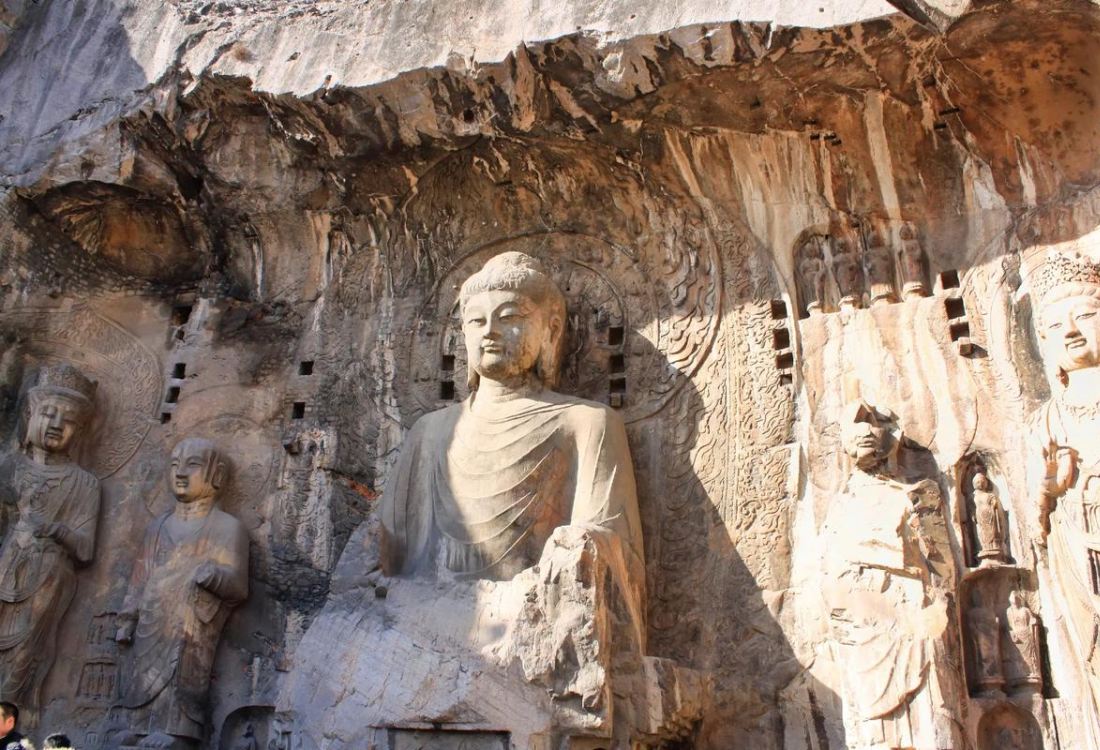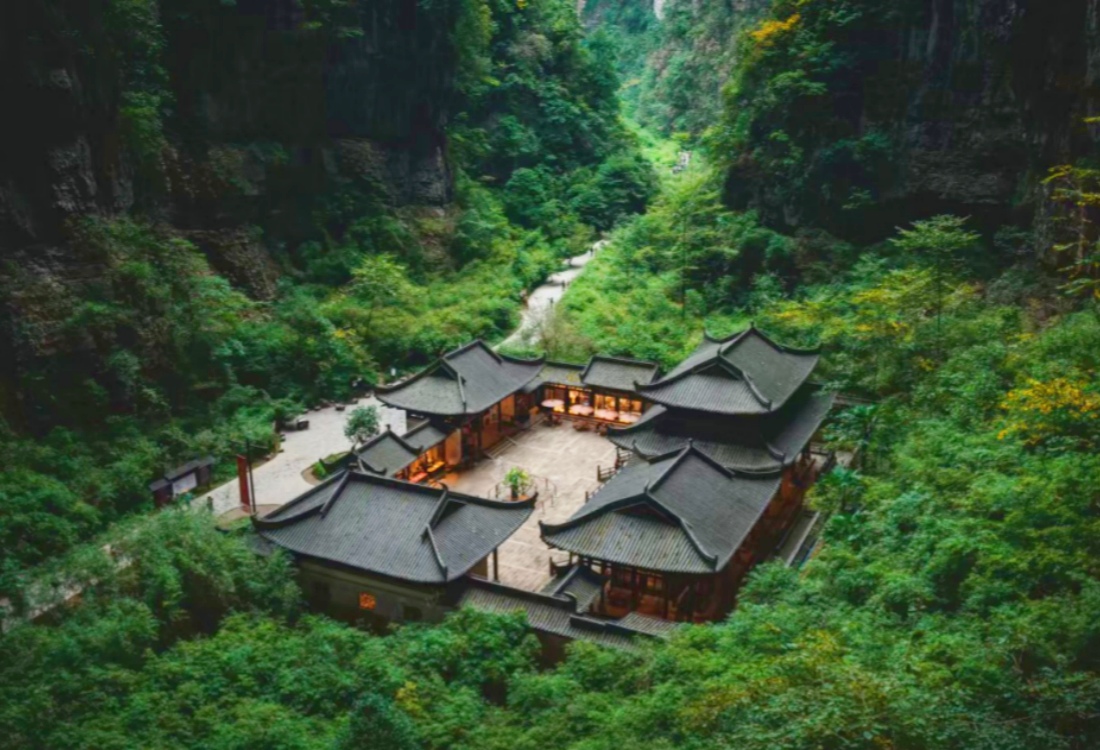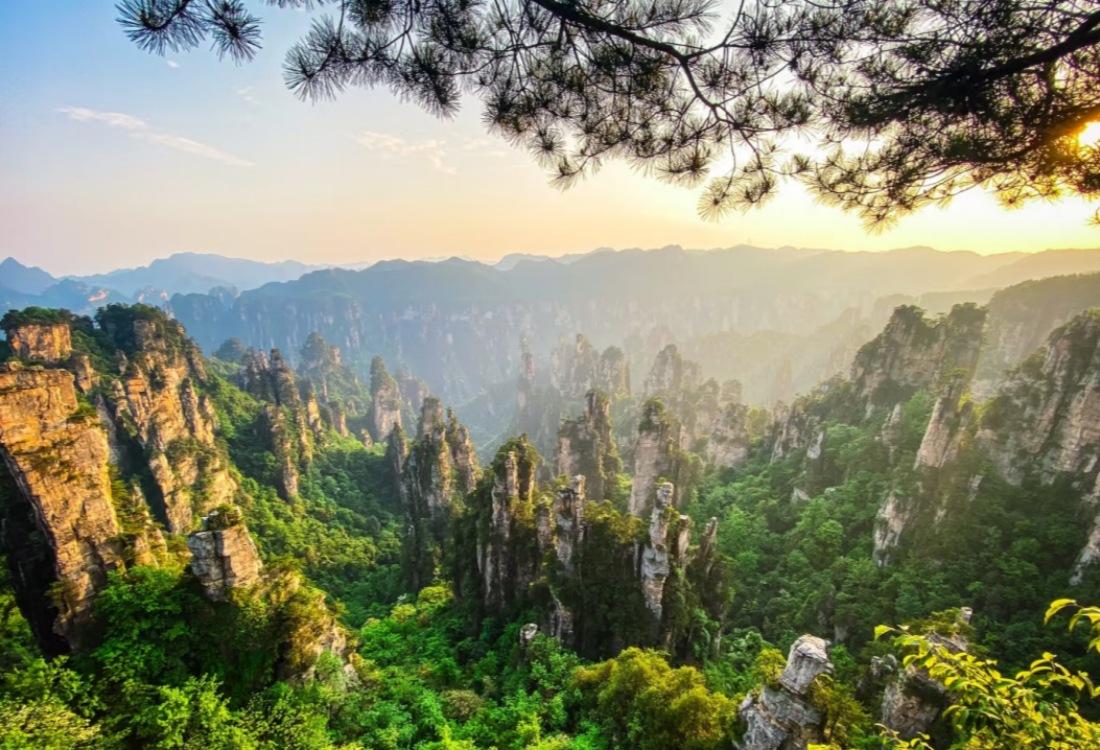Table of Contents
ToggleIf you’re planning a trip to China, the Longmen Grottoes should be on your must-see list. This UNESCO World Heritage Site is one of the most impressive Buddhist art treasures in the world. But before you go, here’s what you should know to make the most of your visit.
Why Visit the Longmen Grottoes?
-
A Masterpiece of Buddhist Art
The grottoes house over 100,000 Buddha statues, ranging from a few centimeters to 17 meters tall, representing a golden era of Chinese Buddhist art.
-
UNESCO World Heritage Status
Recognized for its cultural and historical significance, the Longmen Grottoes showcase exquisite craftsmanship from the Northern Wei and Tang Dynasties.
-
Historical and Spiritual Significance
These caves tell the story of Buddhism’s development in China and its influence on art, architecture, and culture.
-
Scenic Location
The grottoes are beautifully situated along the Yi River, offering breathtaking views of the surrounding cliffs and water.
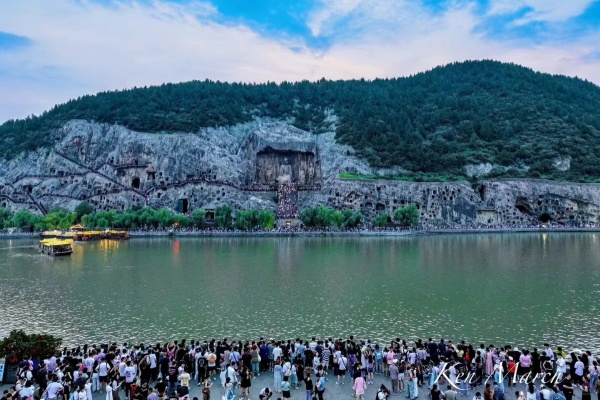
Best Time to Visit
- Spring (March–May): Mild weather with blooming flowers enhances the beauty of the grottoes.
- Autumn (September–November): Comfortable temperatures and colorful fall foliage make for great sightseeing and photography.
- Avoid: Summer (June–August) can be hot and crowded, while winter (December–February) can be chilly, but offers fewer crowds.
- Avoid Chinese public holidays—it gets extremely busy. Mornings are best for photography, as the light shines directly on the carvings.
How to Get There
The grottoes are near Luoyang in Henan Province.
- By Air: Fly to Luoyang Beijiao Airport and take a taxi (around 40 minutes) to the grottoes.
- By Train: Luoyang Longmen Railway Station (served by high-speed trains) is 10 km away. Take a taxi or public bus (lines 53, 60, or 81).
- By Bus: From Luoyang city center, take bus 81 or tourist buses heading to Longmen Grottoes.
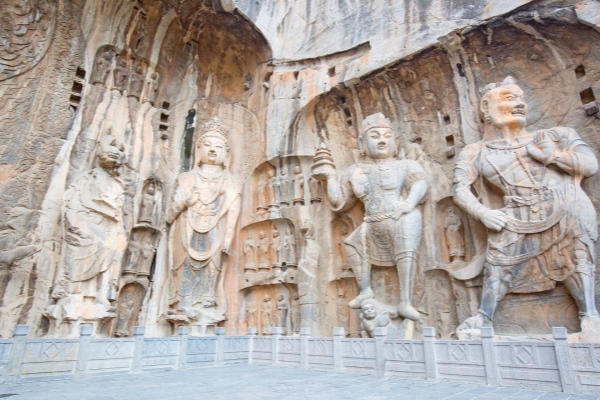
Ticket Prices & Opening Hours
- Entry fee:Around 90 RMB (about £10) for adults.
- Opening hours:8:00 AM – 6:30 PM (April-October), 8:00 AM – 5:30 PM (November-March).
Consider hiring a guide or using an audio tour—the history behind the carvings makes them even more fascinating.
What to See
-
Fengxian Temple
Home to the colossal 17-meter Vairocana Buddha, the most famous and well-preserved statue. -
Wanfo Cave (Ten Thousand Buddha Cave)
Features thousands of tiny Buddha carvings covering the cave walls. -
Guyang Cave
The oldest section, with intricate calligraphy.

Tips for Your Visit
-
Wear comfortable shoes
—there’s a lot of walking. -
Bring water & sunscreen
—shade is limited. -
Respect the site
—these are sacred carvings, so avoid touching them. -
Plan ahead
Longmen Grottoes are a masterpiece of ancient craftsmanship. Whether you’re a history lover, art enthusiast, or just curious, this place will leave you in awe. Plan ahead, take your time, and soak in the beauty of China’s incredible past.
Safety Tips When Visitng Longmen Grottoes
- Stay on designated paths to avoid slips or damage to the relics.
- Keep an eye on personal belongings, especially in crowded areas.
- Be respectful of the cultural and religious significance of the site.
Visiting the Longmen Grottoes is a journey into China’s artistic and spiritual past. With its incredible sculptures, rich history, and scenic beauty, it’s a must-visit destination for history lovers and cultural explorers alike.

